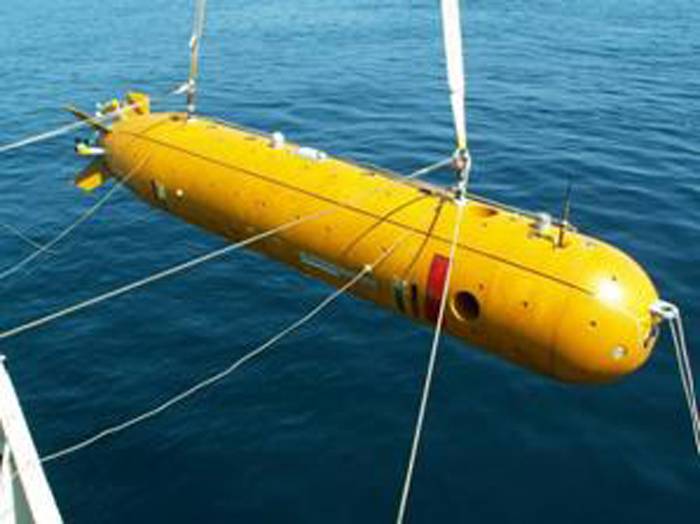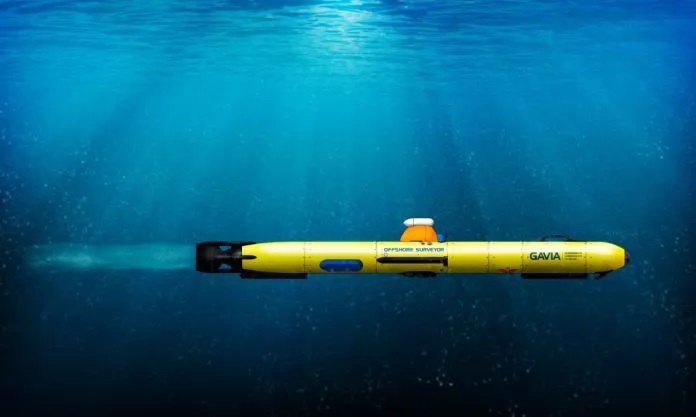A group of scientists from Open Water Power managed to create a fuel cell that uses a special fuel. Aluminum and water are taken as a basis – they provide the movement of the mechanism. Representatives of the company said that this development can be an excellent alternative to lithium energy storage devices.
The use of uninhabited underwater vehicles is carried out for a number of versatile purposes. These mechanisms are able to map the bottom of the sea or ocean, to conduct a series of search or rescue operations, to carry out intelligence measures, etc. The main disadvantage of uninhabited vehicles is their dependence on the ship, which acts as a battery. The ship crew supplies electricity to power the underwater vehicles through a wire or systematically recharging batteries.

Most often, the uninhabited mechanisms are equipped with lithium energy drives. The efficiency of such batteries under water is low due to the limited energy resource and high pressure. In the process of producing such batteries, a special high-strength case is used for underwater mechanisms. It protects the contents of the lithium battery from high pressure under water, but at the same time it has a rather heavy weight. In addition, there is a danger of fire and even explosion of such batteries.
Representatives of Open Water Power have managed to create an alternative to traditional lithium batteries specifically for underwater vehicles. Their development is a power generator that runs on water instead of the usual fuel component. Innovative technology includes an aluminum anode and a nickel alloy cathode. An alternative battery is filled with electrolyte, most of which is water. Aluminum, placed in water, shows a slight reaction. If you add a little alkaline component, then the reactivity of this material increases significantly.

The process of generating electricity begins with the decomposition of water to molecular hydrogen and hydroxyl ions. This reaction is accompanied by the absorption of electrons from the electrical circuit. Further ingress of ions to the surface of the anode is accompanied by a reaction in which aluminum hydroxide enters the electrolyte medium. Thus, the electrical circuit is replenished with electrons.
The configuration of the fuel cell assumes the presence of a special trap into which the hydroxide gets when water passes through it. In addition, in this process, heat is removed, which is released during the reaction, to the external environment. Estimated battery makers, performance indicators are 1/3. The consumption of most of the energy comes from heat generation.
In the near future, the company plans to conduct development testing with the support of the United States Navy. According to the developer, their fuel cell is able to increase the range of the devices from 60 miles to several thousand.
World practice has several examples of developments in the field of underwater vehicles. These include underwater charging stations in the form of a nuclear reactor and energy storage robots. Both of these developments are not yet translated into reality. The question of the safety of such methods of obtaining energy for uninhabited apparatuses does not make it possible to implement projects, at least for now. An alternative battery, which actually works on water, can be an excellent substitute for dangerous methods of recharging underwater mechanisms.


